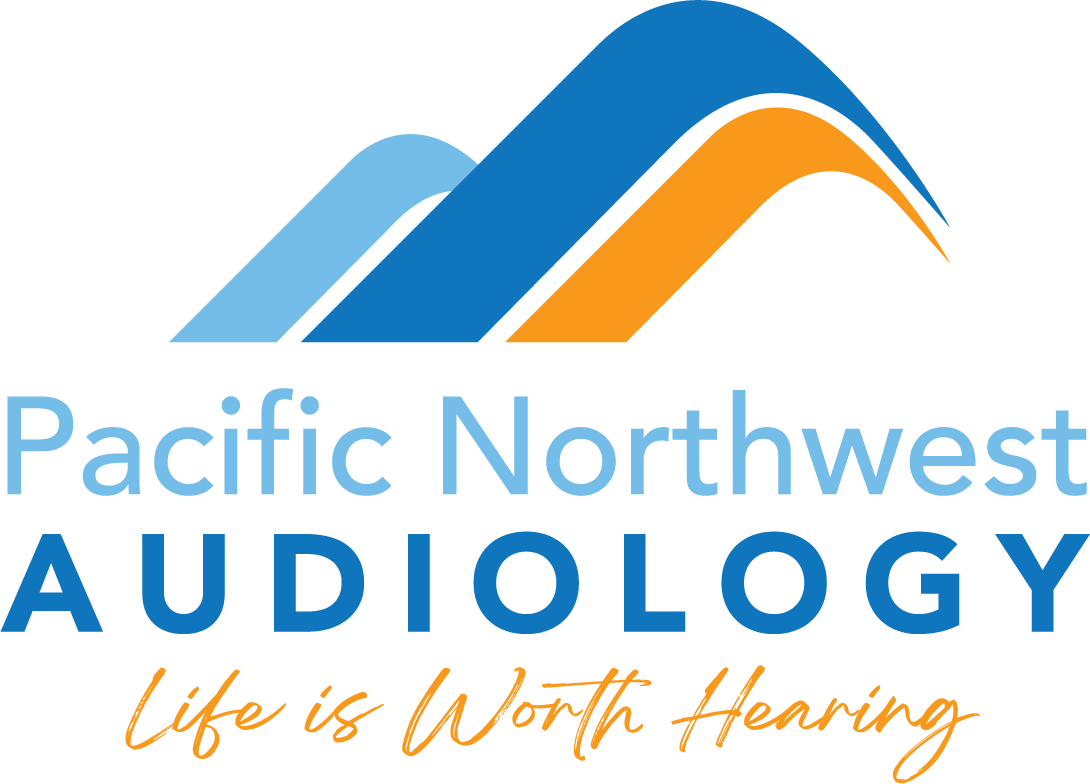
Everyone knows that noise induced hearing loss is becoming more and more common. From noisy city streets to crowded amphitheaters and sports venues, our lives are full of loud sounds. Some jobs are more dangerous to your ears than others, and one recent study shows that hearing loss is increasing in the oil and gas drilling sector.
Noisy Workplaces
Many Americans are employed in noisy workplaces. Farms, factories, and fire halls are all very loud, and anyone working in manufacturing, emergency services, or construction risk hearing loss. When sounds are very loud, they damage the tiny cells in the inner ear that pick up on the noises around you. These cells convert sound waves into electrical signals to send to the brain, but can’t do their job once they’ve been damaged. This kind of hearing loss is called Noise Induced Hearing Loss, and affects anyone exposed to dangerously loud sounds.
Hearing Loss in the Oil and Gas Sector
A recent study by WorkSafeBC looked at hearing loss in the oil and gas sector in British Colombia, Canada, where the oil and gas industry is a mainstay of the economy. They tested hearing abilities of nearly 1,000 workers in 2012, and again in 2017. In 2012 around 33% of the workers tested had hearing loss, but 5 years later that number has increased to 45%! Many of these workers were under the age of 35.
The oil and gas sector is one of the noisiest places to work, and far more people employed in this sector face hearing loss. Researchers tested hearing in other sectors in 2017, and found that other noisy industries had much lower rates of hearing loss, with the average rate of hearing loss around 13%.
Protecting Hearing
More than 95% of workers in the oil and gas industry say they regularly wear earplugs. Many use foam earplugs to protect their ears, but it’s clear that their method of hearing protection isn’t actually keeping their ears safe. “There are a number of reasons why workers may be diagnosed with noise-induced hearing loss even though they are wearing some form of hearing protection,” said Sasha Brown, WorkSafeBC audiologist. “The ear plugs or ear muffs might be the wrong size, inserted or worn incorrectly, not worn for long enough, or they may not be providing enough protection for the duration and intensity of noise exposure.” To protect your hearing, you have to wear the right hearing protection, and make sure you’re wearing it properly.
If you work in a noisy sector, you might want to reconsider your hearing protection. Make sure you have hearing protection that fits, since having earplugs that are too big or too small won’t protect your hearing. Foam earplugs might seem easy to wear, but many people don’t insert them correctly, and for some noises they simply don’t provide enough protection. Be sure to wear your hearing protection before entering the noisy area, and wear it until after you leave the noisy environment. You might think that a few minutes in noisy won’t hurt your ears, but when sounds are extremely loud, even a minute can damage your hearing, make sounds seem muffled, cause tinnitus, and even lead to permanent hearing loss.
Testing Your Hearing
If you work in a noisy sector and are exposed to high levels of noise on a daily basis, get your hearing tested regularly. It’s recommended that those working noisy jobs get their hearing tested every year to make sure they’re not damaging their hearing, and can seek treatment as soon as they notice any problems with their ears.
Treating Hearing Loss
If you work in a noisy sector like oil and gas drilling, and you haven’t had your hearing tested in a while, visit us at Pacific Northwest Audiology for a hearing test. Today’s hearing aids will amaze you. They’re nothing like your grandfather’s hearing aids, those large, clunky devices that whistled every time you got too close. Today’s devices are sleek, sophisticated pieces of technology that come with a wide range of programs and settings to match your unique hearing needs. Many are so small that they’re nearly invisible, and can be easily controlled from the palm of your hand with a smartphone app. Come see us today to see what a hearing aid can do for you.
